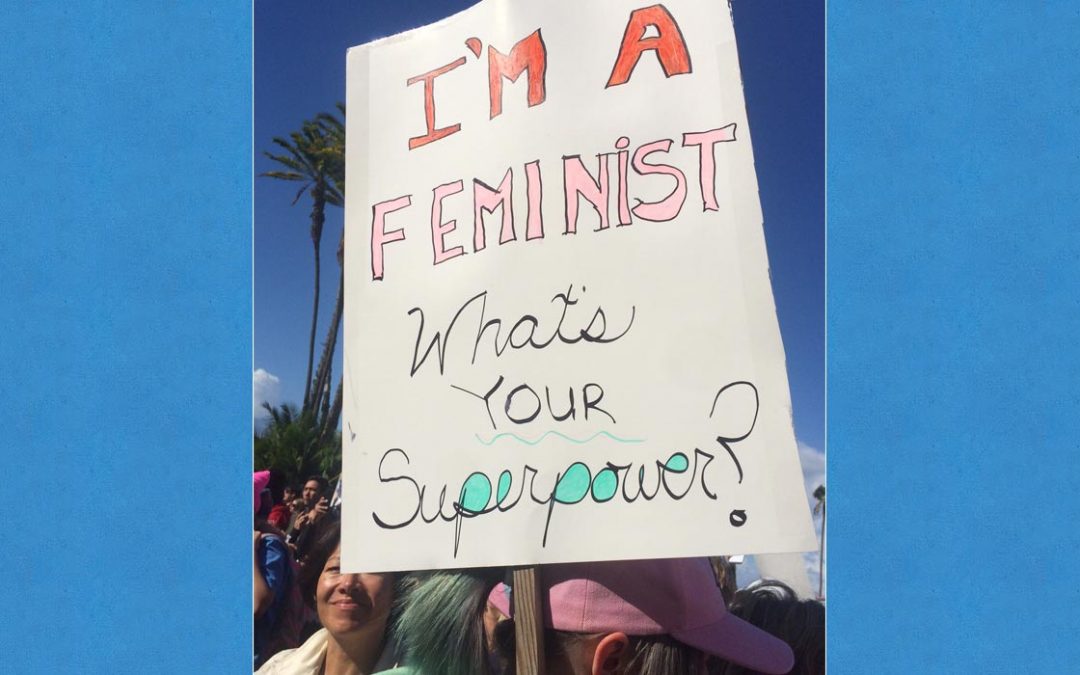
Perspectives
I had two experiences last week that reminded me how subjective our perceptions of the world are. I was particularly struck by how much our surroundings while we were growing up affect our perspective as adults, even when the results seem benign.
I spent a couple of days serving jury duty. The new Superior Court building in downtown San Diego opened only a couple of months ago; it’s a tall, strikingly modern slab of steel and decorative stone with one side built entirely of glass. Up on the 22nd floor, waiting in the hallway to be called into a courtroom, jurors have a spectacular view of downtown San Diego and beyond, stretching from Balboa Park to the north to the distant mountains in the east to the Coronado Bridge and the bay to the south. Only one or two of the office buildings nearby were as tall as ours, yet from that height, downtown comprised an entire topography of its own. I commented to a fellow juror how surprised I was that the area was actually as built up as I could now see it was. From the streets, it looks quite low and open, at least compared to New York City where I grew up. She commented that you can see the sky here. Later, a friend told me she had grown up in small towns, so that when she moved to Manhattan, she expected to see the Empire State Building, the Brooklyn Bridge, and the Statue of Liberty all from her front door.
The other experience came from reading the “Race/Related” newsletter from the New York Times. The topic was vintage postcards, mostly from the turn of the 20th century, depicting African Americans in subtly and not-so-subtly racist ways. As I scrolled from advertising cards through photos of southern cotton pickers through holiday greeting cards and more, I found myself stopping at the last image, a photo dated from the late 1950s to mid 1960s. One of the rare postcards depicting African-American achievement, it showed scientist and educator George Washington Carver holding aloft a test tube full of dark liquid. It wasn’t the chemistry equations on the blackboard behind him that struck me as odd, nor the clean white apron he was wearing, nor the microscope and pile of peanuts on the desk in front of him, all staged to show off his erudition. I was brought up short by the fact that he was wearing a blue dress shirt and a black tie. When I was growing up in the 1960s and early 70s, the only people I saw around me who wore button-down shirts and ties were white men, including my father. Despite images from TV, magazines, and movies that contradicted what I saw in my daily life as a child, I ingested the perception that in the “real” world only white men were professionals. Last week I was confronted once again by how well I internalized the equation that ties and suits = white men.


Recent Comments